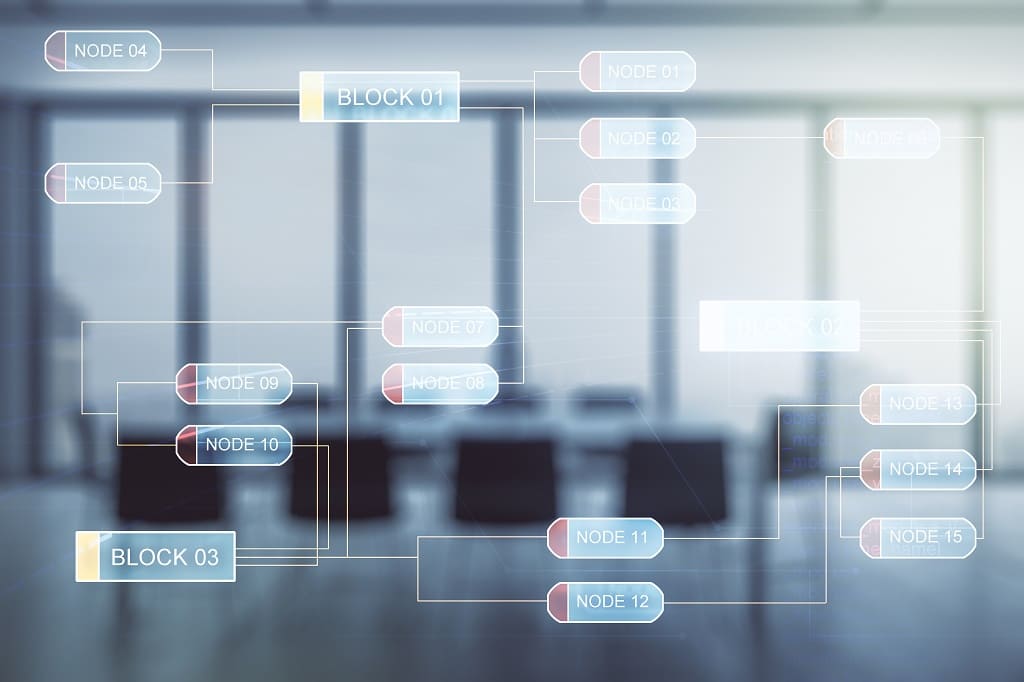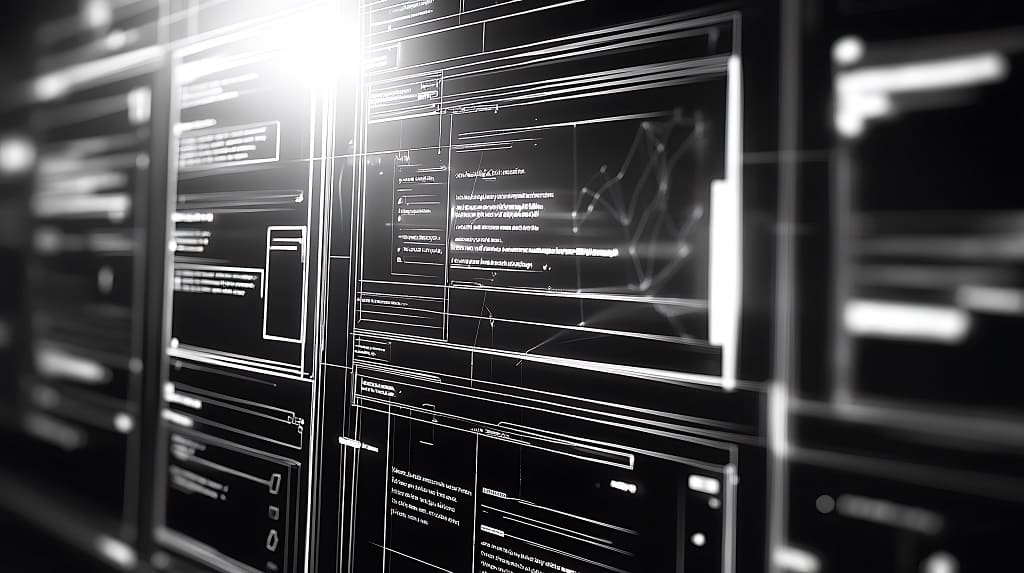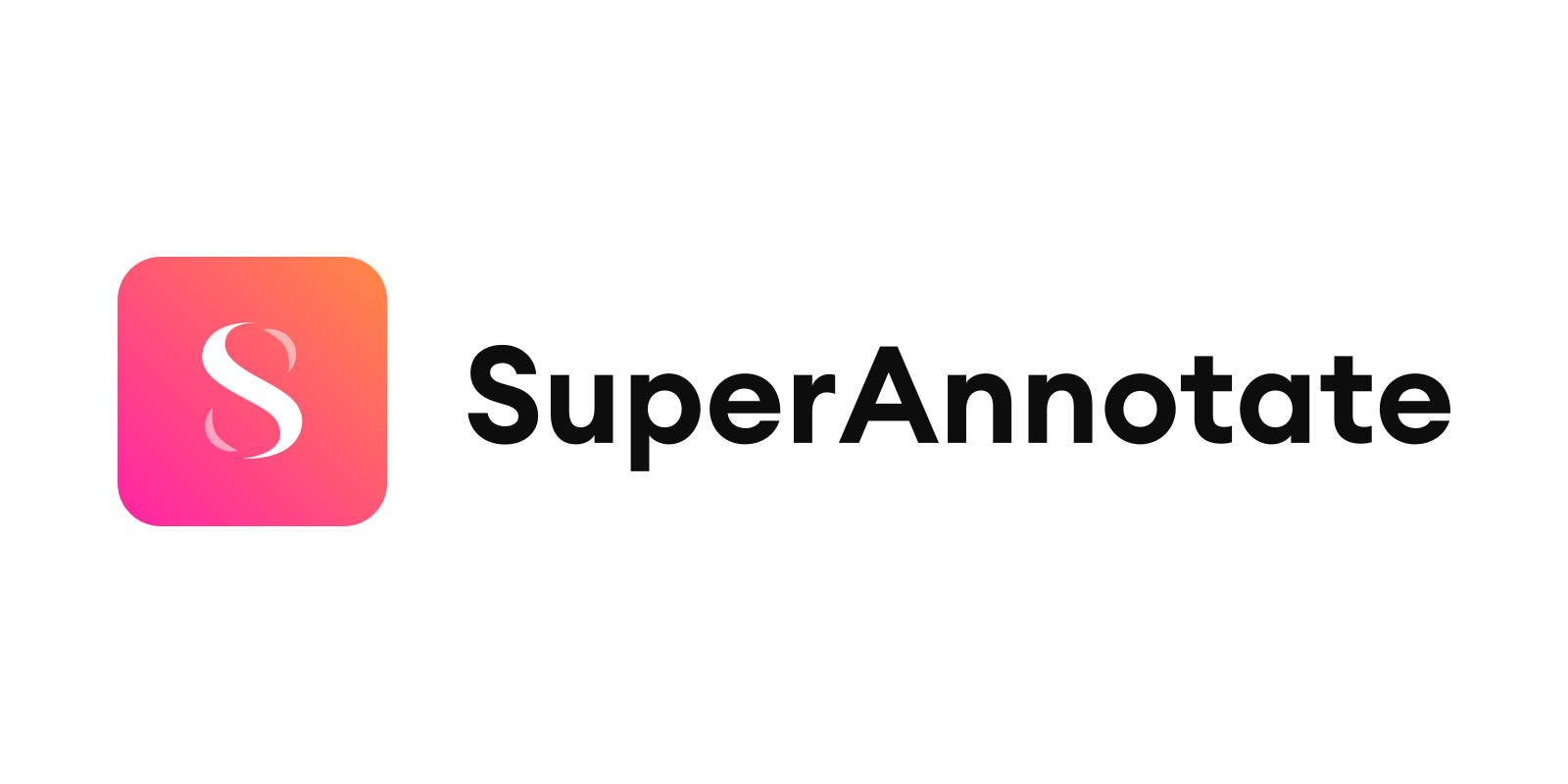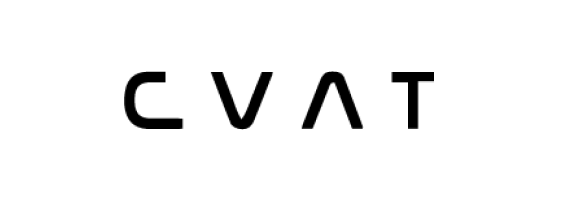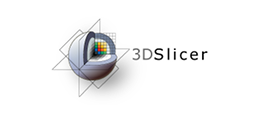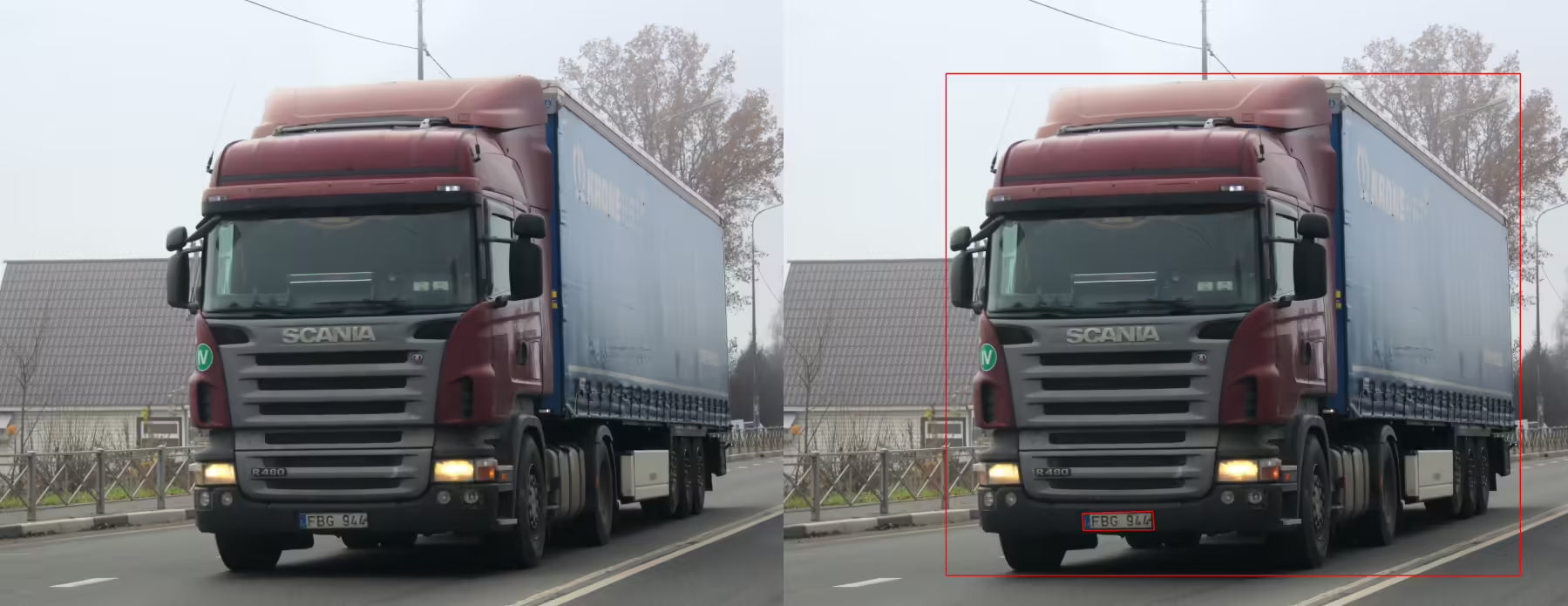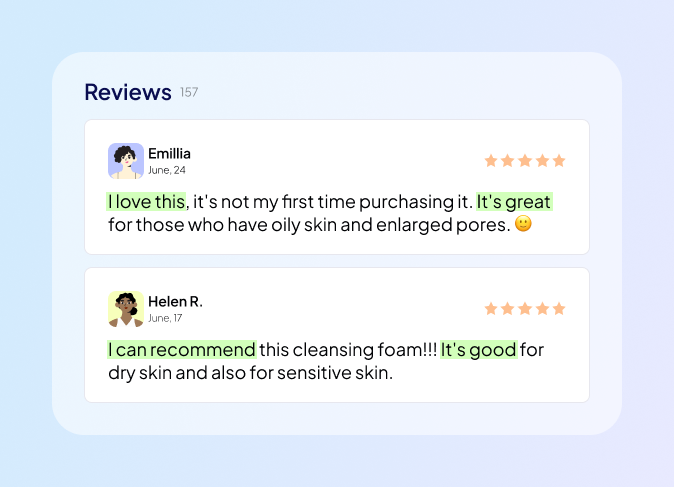3D Annotation Services
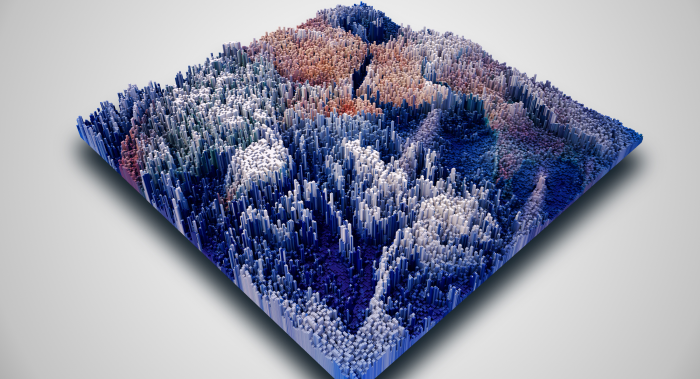
Unidata offers advanced 3D point cloud annotation services, focusing on precise labeling and tagging to enhance object detection, scene understanding, and spatial analysis across diverse industries and applications. Our meticulous approach ensures high-quality annotations that drive the performance of your AI models
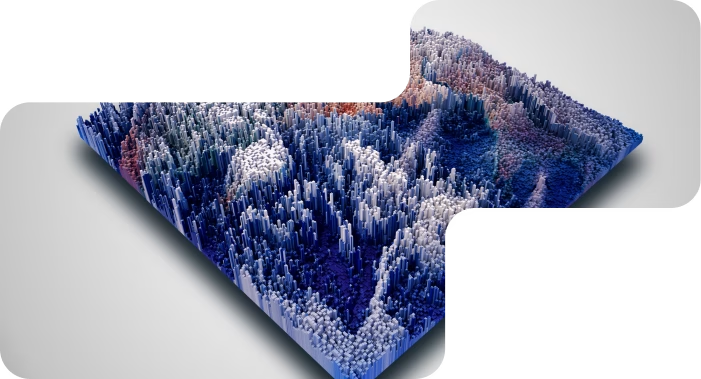
24/7*
- 6+
- years experience with various projects
- 79%
- Extra growth for your company.
What is 3D Annotation?
3D annotation is the process of labeling and tagging three-dimensional data to facilitate the training and development of machine learning models, particularly in applications involving computer vision, robotics, and augmented reality. This specialized form of annotation involves identifying and marking objects, features, and spatial relationships within 3D models or point clouds. By providing precise annotations, such as bounding boxes, key points, and semantic labels, 3D annotation enables AI systems to understand and interpret complex spatial environments. These annotations are crucial in various industries, including autonomous vehicles, gaming, medical imaging, and industrial automation, where accurate 3D modeling and analysis are essential for effective decision-making.How we deliver 3D point cloud services
The best software for 3d annotation tasks
Types of 3D point cloud annotation services
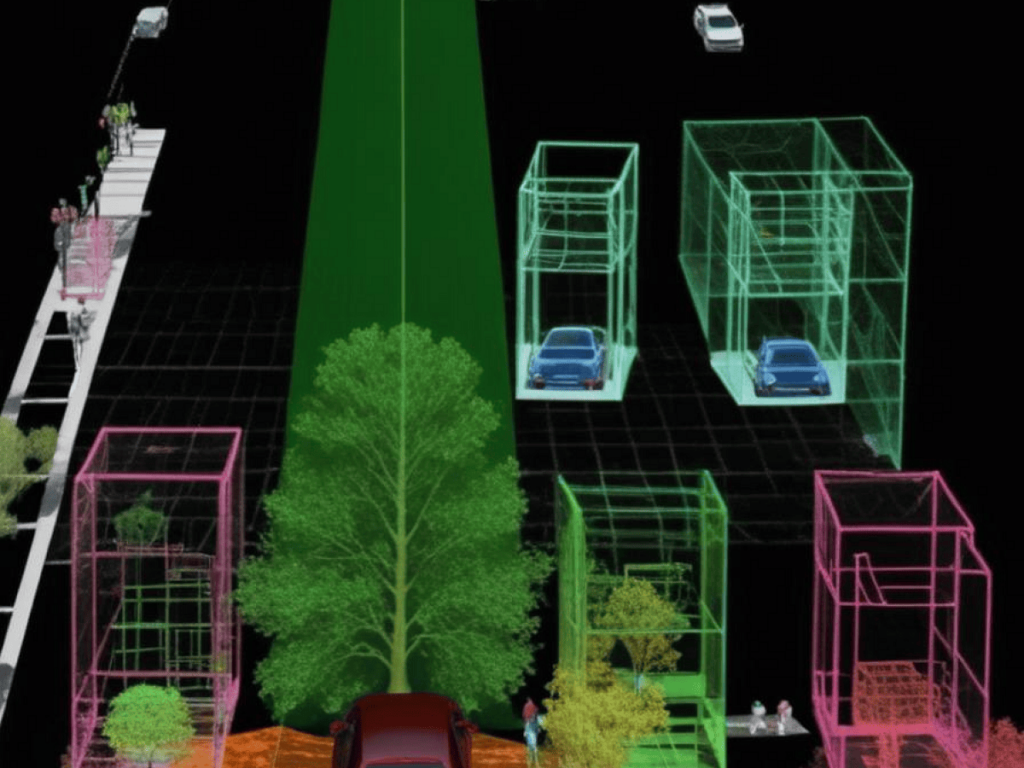
3D Bounding Box Annotation
3D bounding boxes are drawn around objects in a 3D space, capturing their height, width, and depth. This type of annotation is used to define the spatial boundaries of objects within a 3D environment.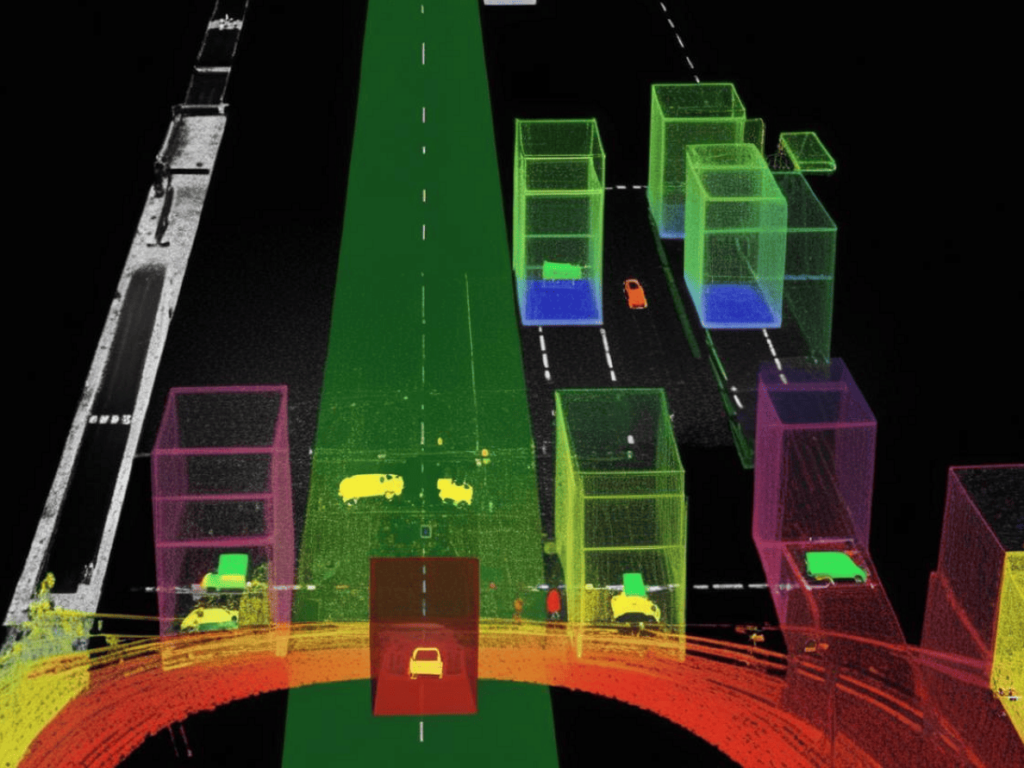
3D Point Cloud Annotation
Point cloud annotation involves labeling data points within a 3D point cloud, which represents the external surface of objects in three-dimensional space. This type of annotation is used to classify and segment different objects or regions within the point cloud.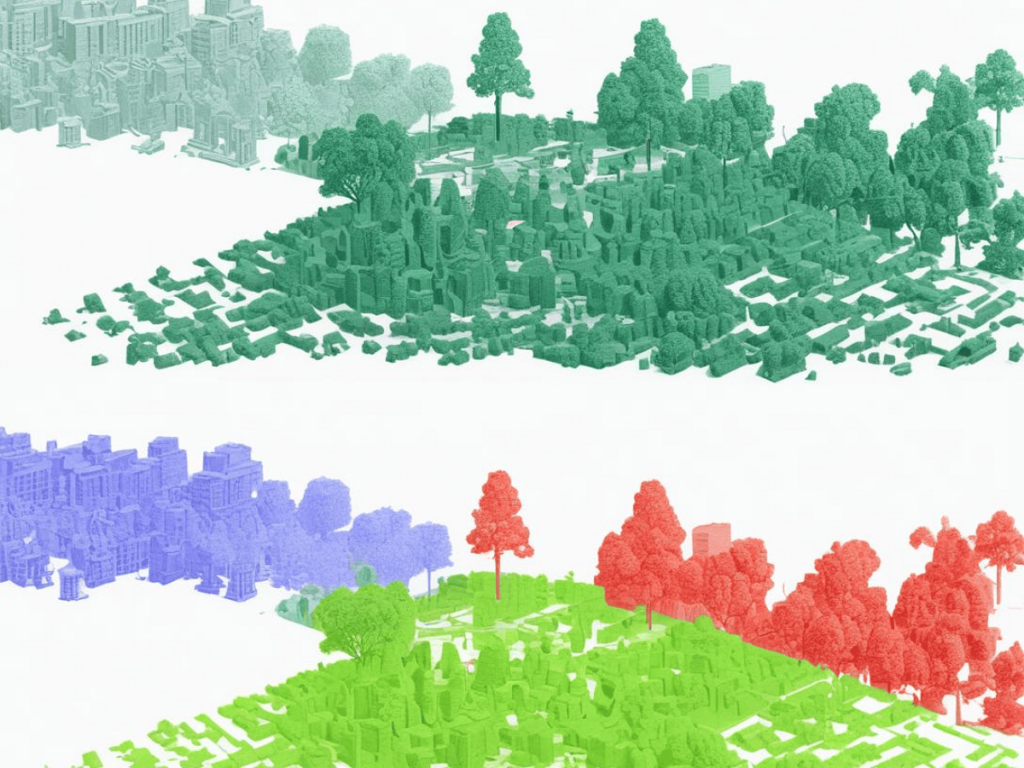
3D Semantic Segmentation
Similar to 2D semantic segmentation, 3D semantic segmentation involves labeling each point or voxel (a point in 3D space) within a 3D model according to the object or class it belongs to. This provides a detailed understanding of the scene by categorizing every part of the 3D space.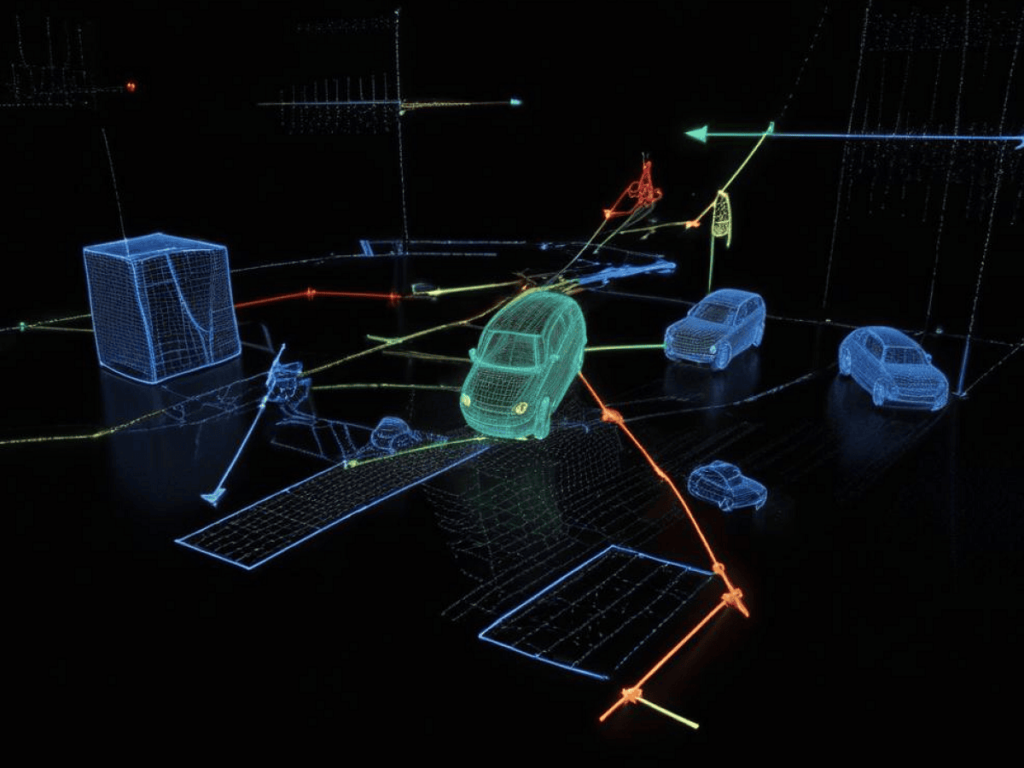
3D Object Tracking
3D object tracking involves identifying and following the movement of objects through a 3D space over time. This type of annotation tracks the object’s position, orientation, and trajectory within the 3D environment.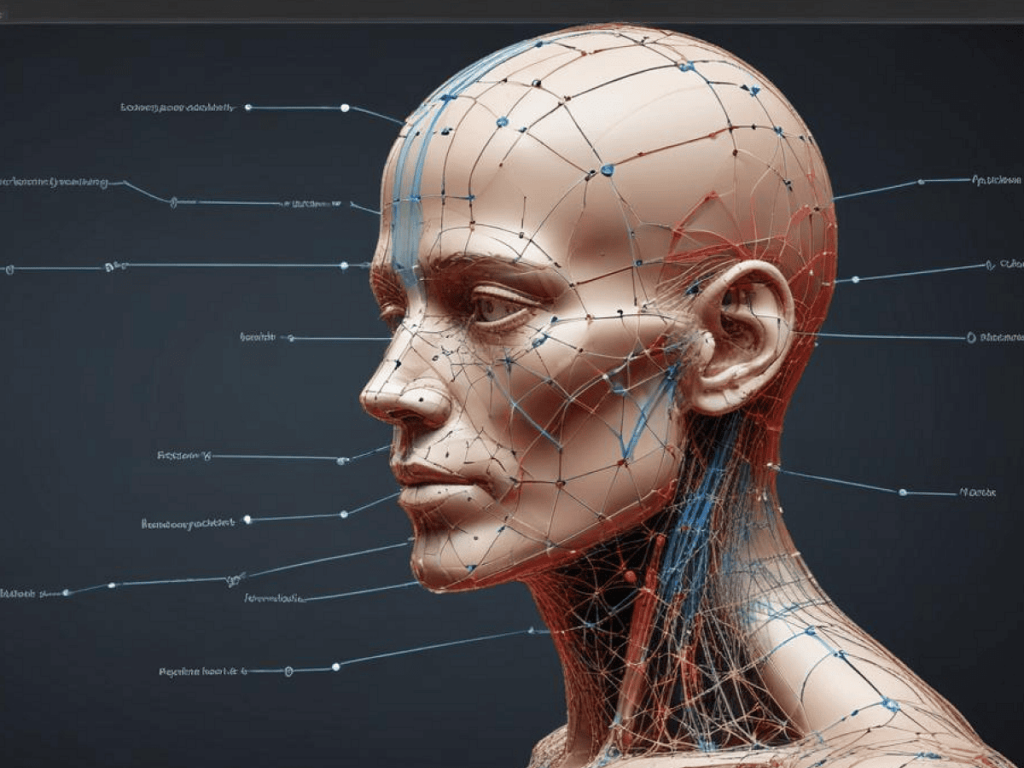
3D Keypoint Annotation
In 3D keypoint annotation, specific keypoints on an object are marked in a 3D space. These keypoints could be joints, facial landmarks, or other significant points on an object or human figure.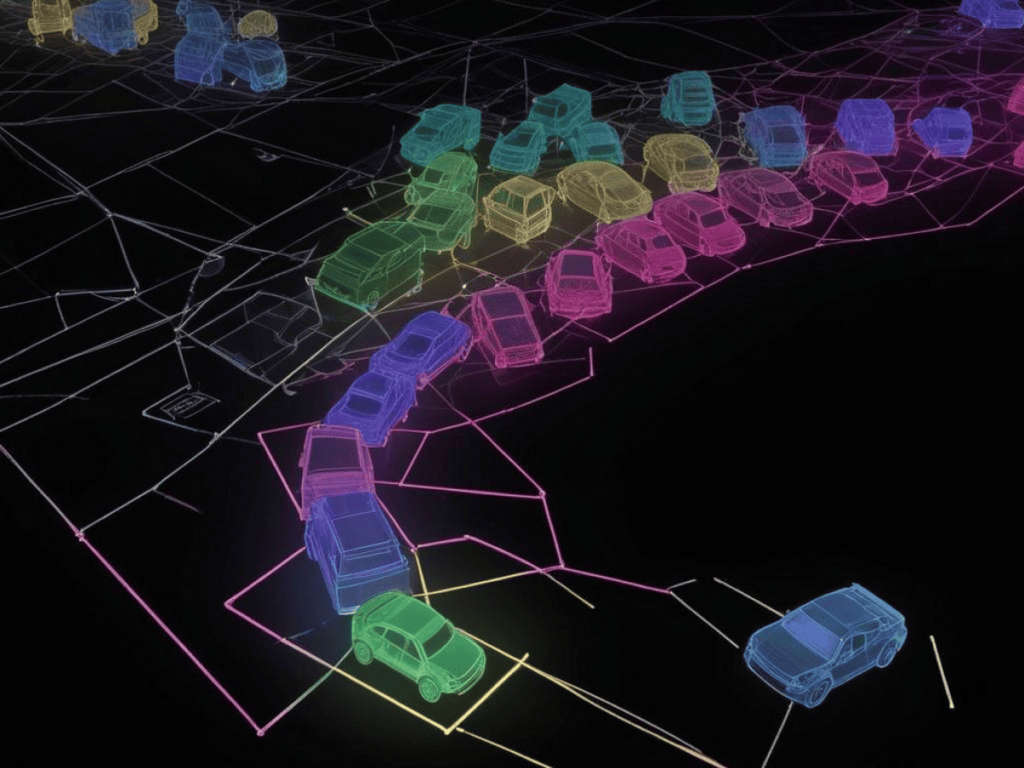
3D Polygon Annotation
3D polygon annotation involves outlining the precise shape of objects in 3D space using polygons. This method captures the exact contours and surface areas of objects, providing a high level of detail.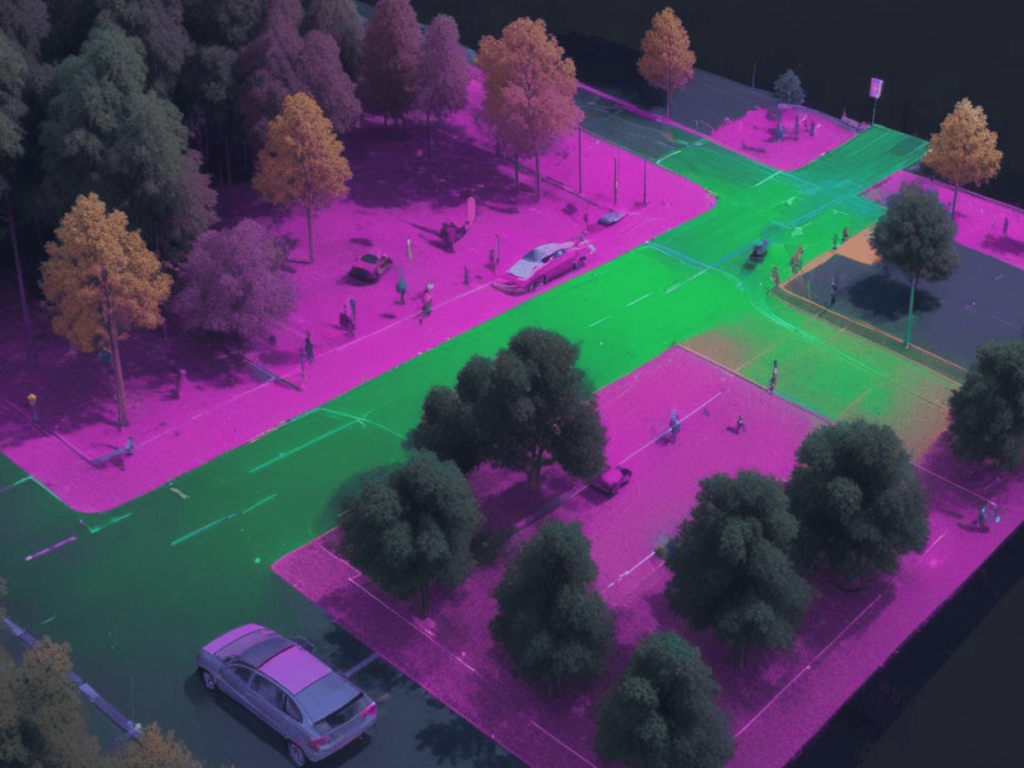
3D LiDAR Annotation
LiDAR annotation involves labeling and classifying objects within LiDAR-generated 3D point clouds. This type of annotation is critical for interpreting LiDAR data, which is often used in autonomous vehicles and geographic information systems (GIS).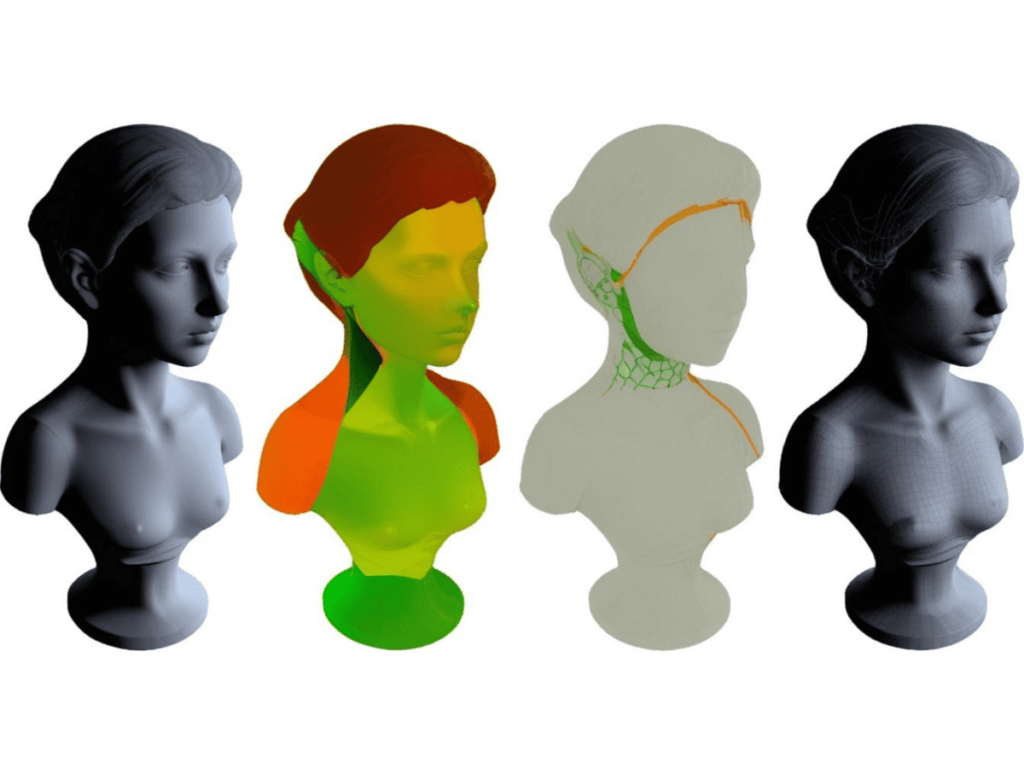
3D Mesh Annotation
3D mesh annotation involves labeling and segmenting the surfaces of a 3D mesh model. A mesh is made up of vertices, edges, and faces, which are annotated to define the structure and classification of objects within the 3D model.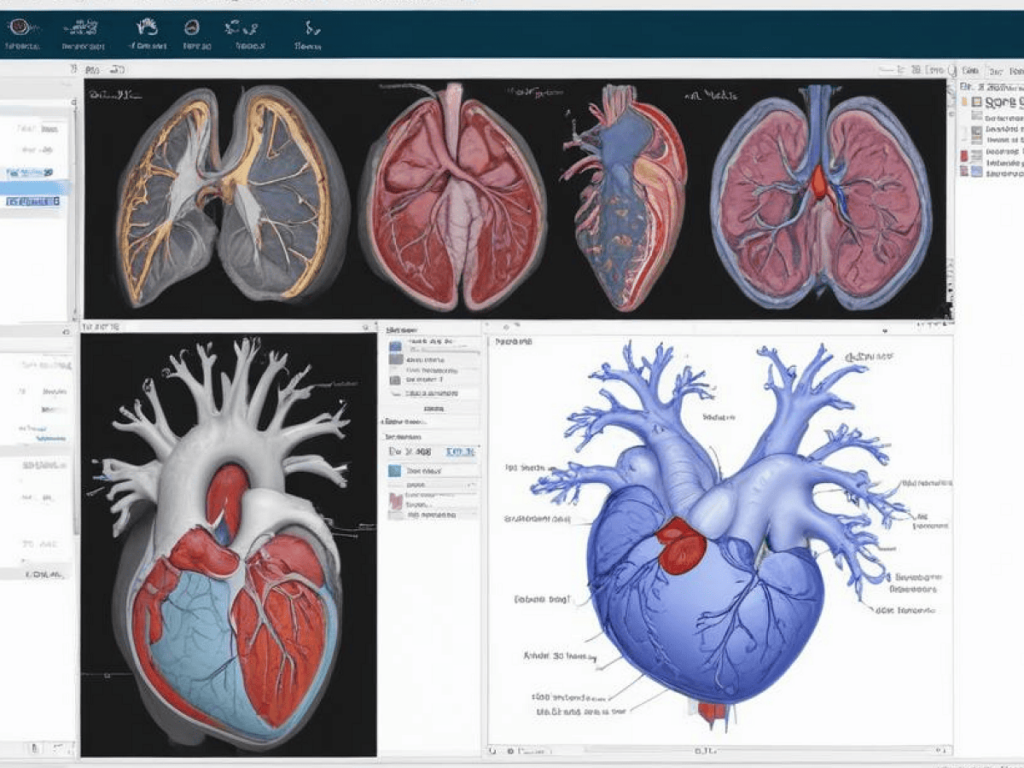
3D Volume Annotation
3D volume annotation is used to label and segment volumetric data, such as medical scans (CT, MRI). This involves annotating specific regions within the 3D volume, such as organs or tissues, to assist in diagnosis or research.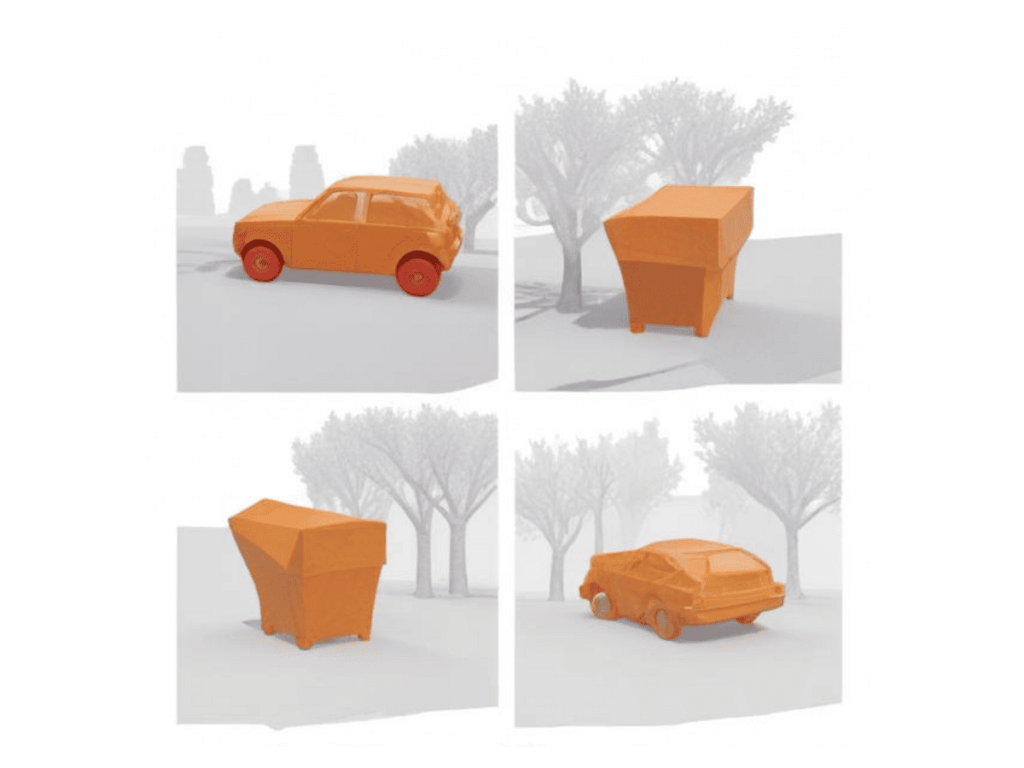
3D Instance Segmentation
3D instance segmentation is similar to semantic segmentation but focuses on distinguishing between different instances of the same object class in a 3D space. Each instance is labeled separately, even if they belong to the same category.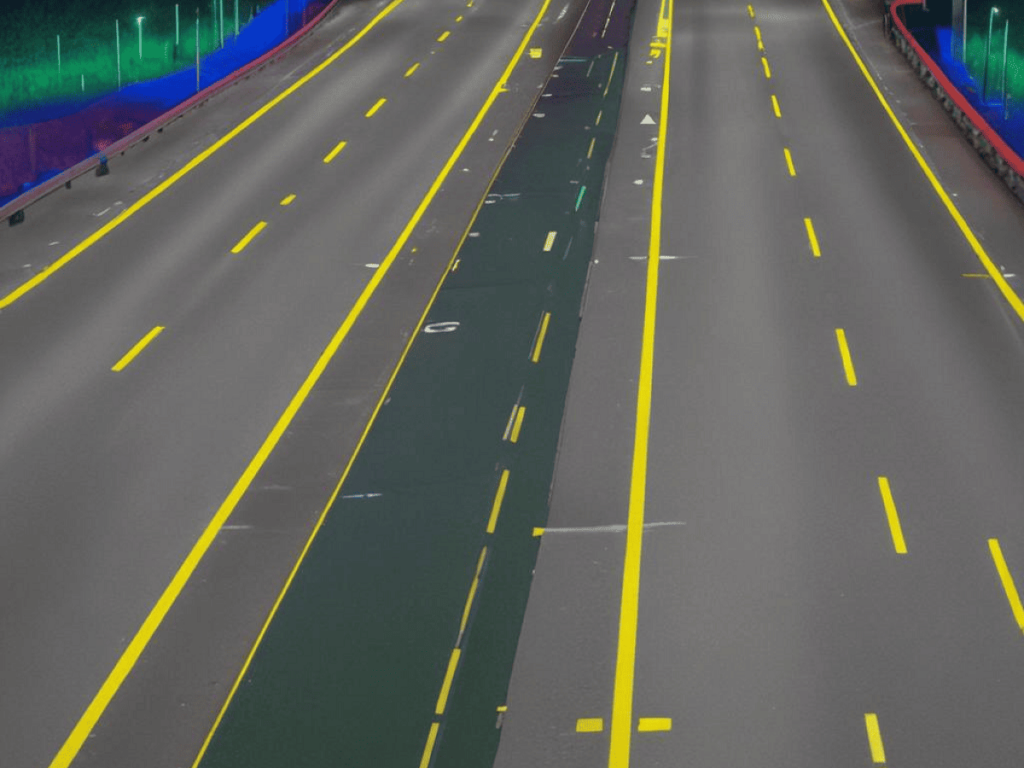
3D Lane and Road Marking Annotation
This type of annotation involves labeling lanes, road markings, and other relevant features within a 3D space. It’s specifically used for training autonomous vehicles to navigate roads safely.3D Annotation Use Cases
-
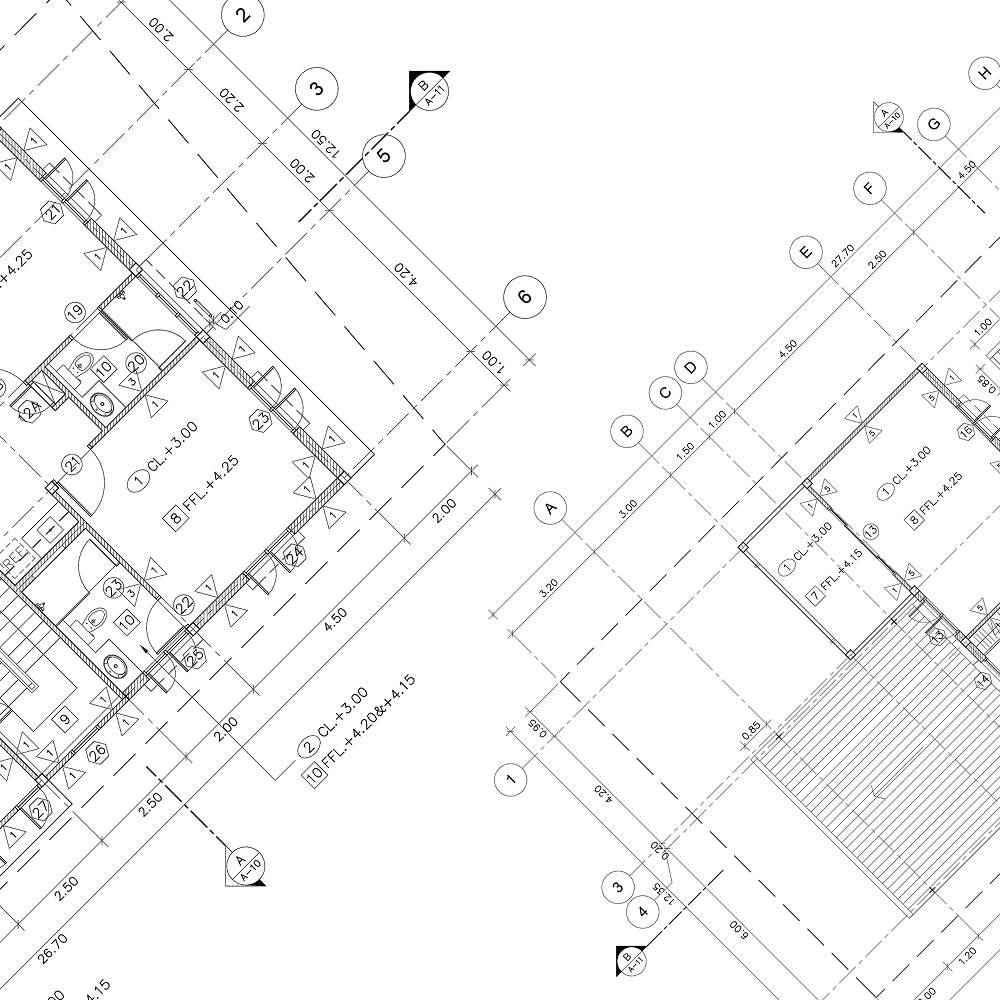 01
01Construction & Architecture
3D annotation is used to label architectural designs, blueprints, and construction site data. By annotating 3D models of buildings, landscapes, and structures, AI systems can better analyze spatial relationships, assess construction progress, and identify potential design flaws. 3D annotation helps architects and construction teams make informed decisions, ensuring that projects stay on track and meet required specifications. -
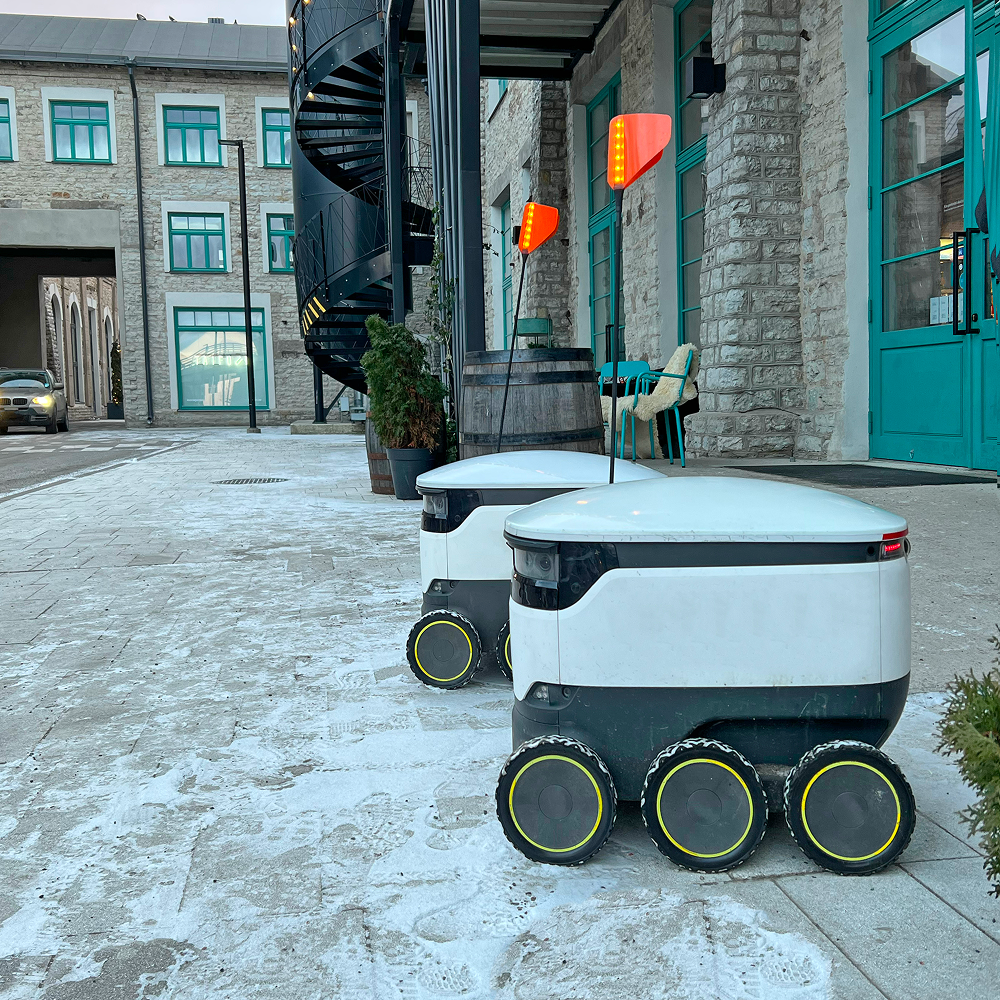 02
02Robotics
In robotics, 3D labeling is used to train AI systems to recognize objects and understand their surroundings. By annotating 3D point clouds or video footage from robotic sensors, AI can learn to manipulate objects, navigate environments, and avoid obstacles. 3D labeling allows robots to interact with the physical world more accurately, enabling tasks like assembly, delivery, or exploration to be performed autonomously and safely. -
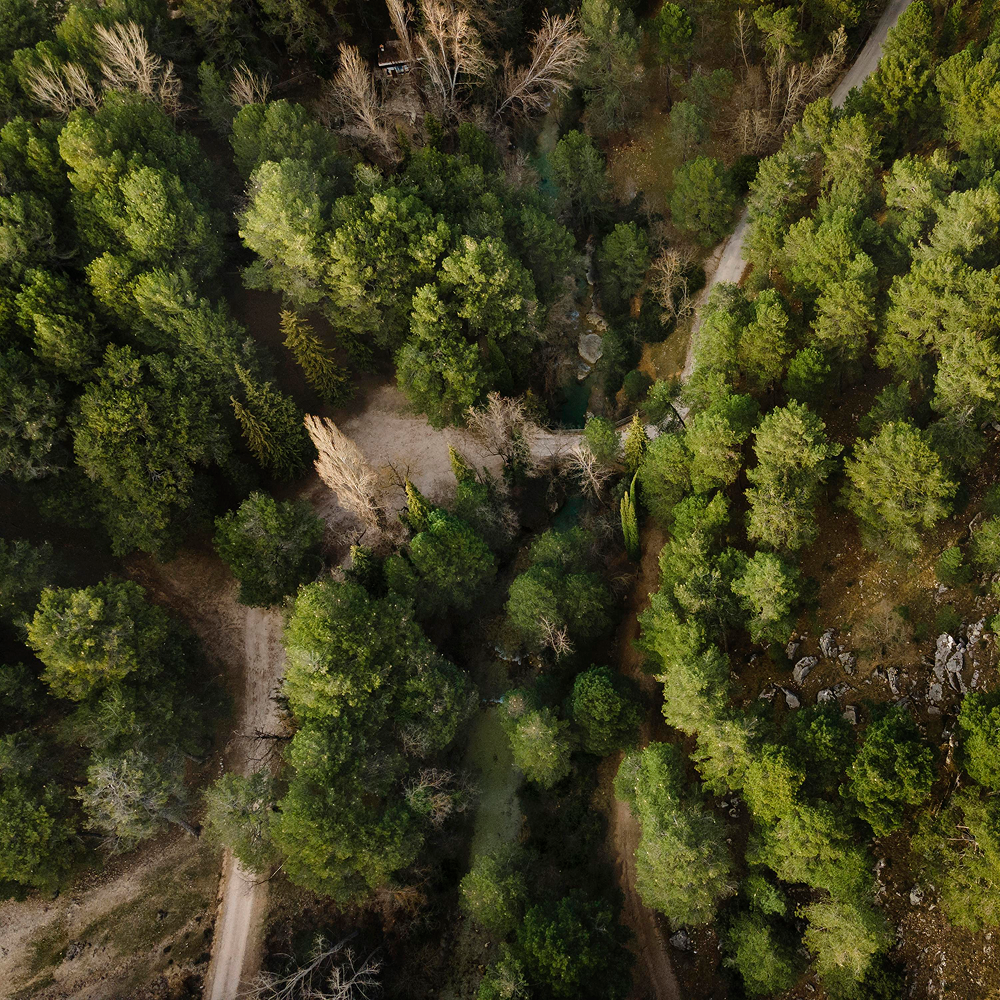 03
03Environmental Monitoring
In environmental monitoring, three-dimensional annotation helps analyze and label geographical and ecological data, such as forest conditions, water bodies, and terrain. By annotating 3D maps or satellite imagery, AI can detect changes in the environment, such as deforestation or pollution, and provide insights for conservation efforts and resource management. -
 04
04Healthcare
3D object labeling is used for medical images like CT scans, MRIs, and ultrasounds, helping AI systems identify tumors, fractures, or organ abnormalities. By annotating images with 3D labels, such as specific regions of interest or problematic areas, AI can assist in providing more accurate diagnoses, aiding doctors in planning surgeries, and improving treatment monitoring. 3D annotation is crucial for analyzing complex medical data in three dimensions, enabling a more precise understanding of the patient’s condition. -
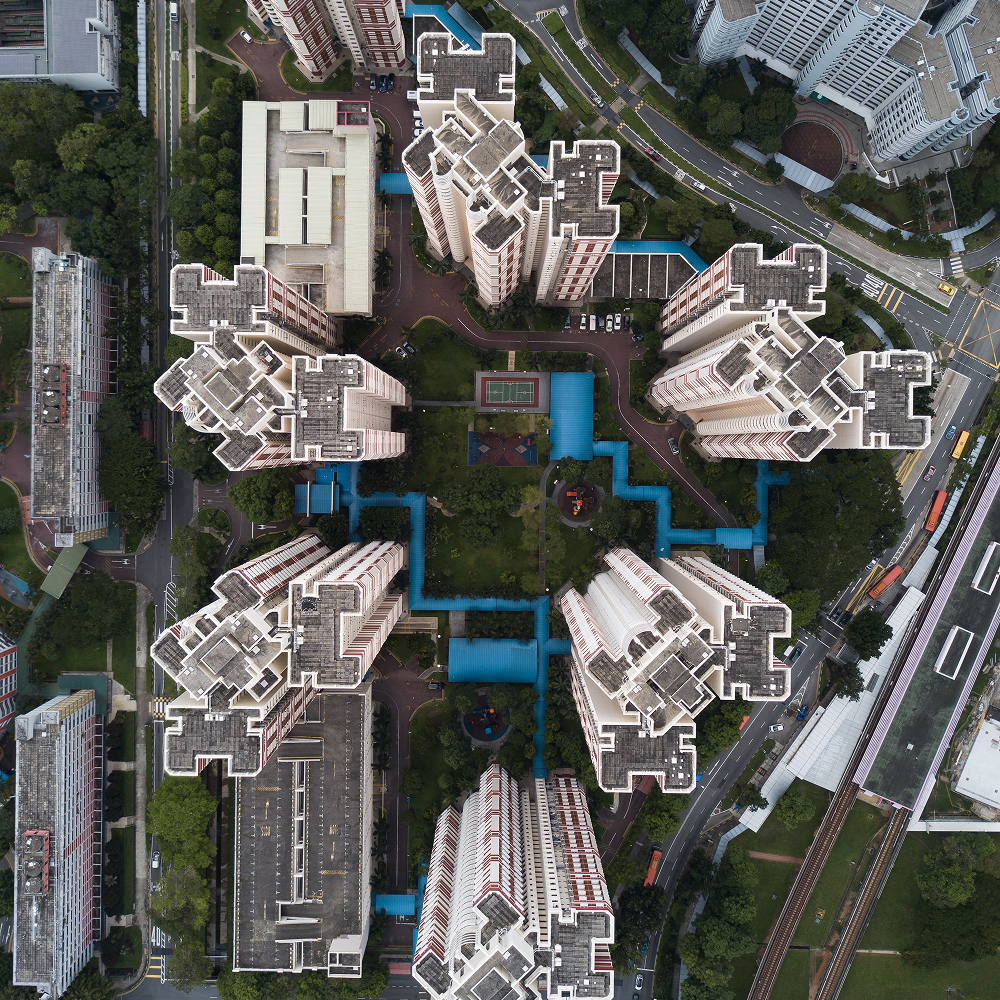 05
05Automotive (Autonomous Vehicles)
For autonomous vehicles, this service is essential for training AI systems to recognize and navigate the complex road environment. By annotating 3D point cloud data from LiDAR and depth sensors, AI can identify objects such as pedestrians, vehicles, and traffic signs in three dimensions. Accurate 3D labeling allows AI to better understand spatial relationships and make real-time decisions, such as predicting the movement of surrounding objects and ensuring safe navigation. -
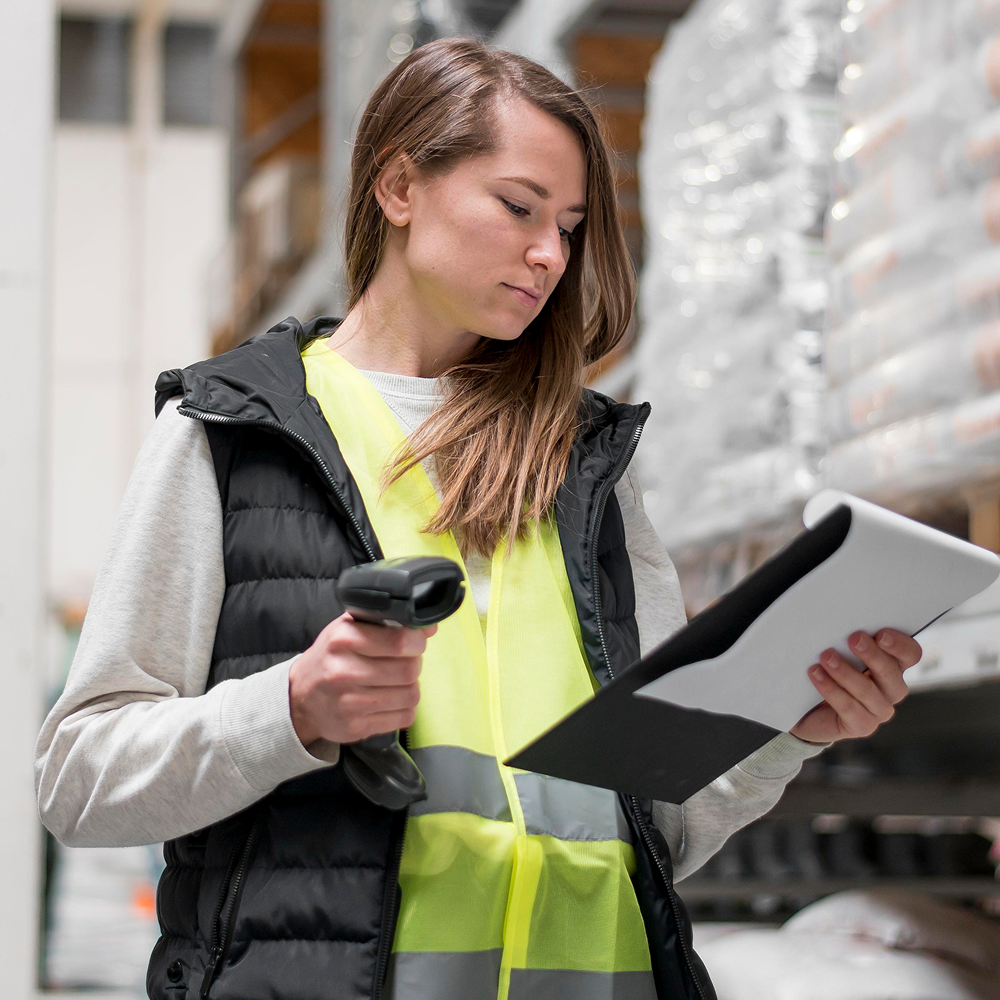 06
06Retail & E-commerce
In retail and e-commerce, annotation helps AI understand product geometry and design by labeling 3D models of products. Annotating 3D product models with attributes such as dimensions, color, and texture enables AI systems to offer more accurate product visualizations and enhance virtual try-ons. 3D annotation is also used to improve augmented reality (AR) experiences, where customers can interact with virtual products in a 3D space, making it easier to evaluate products before purchasing. -
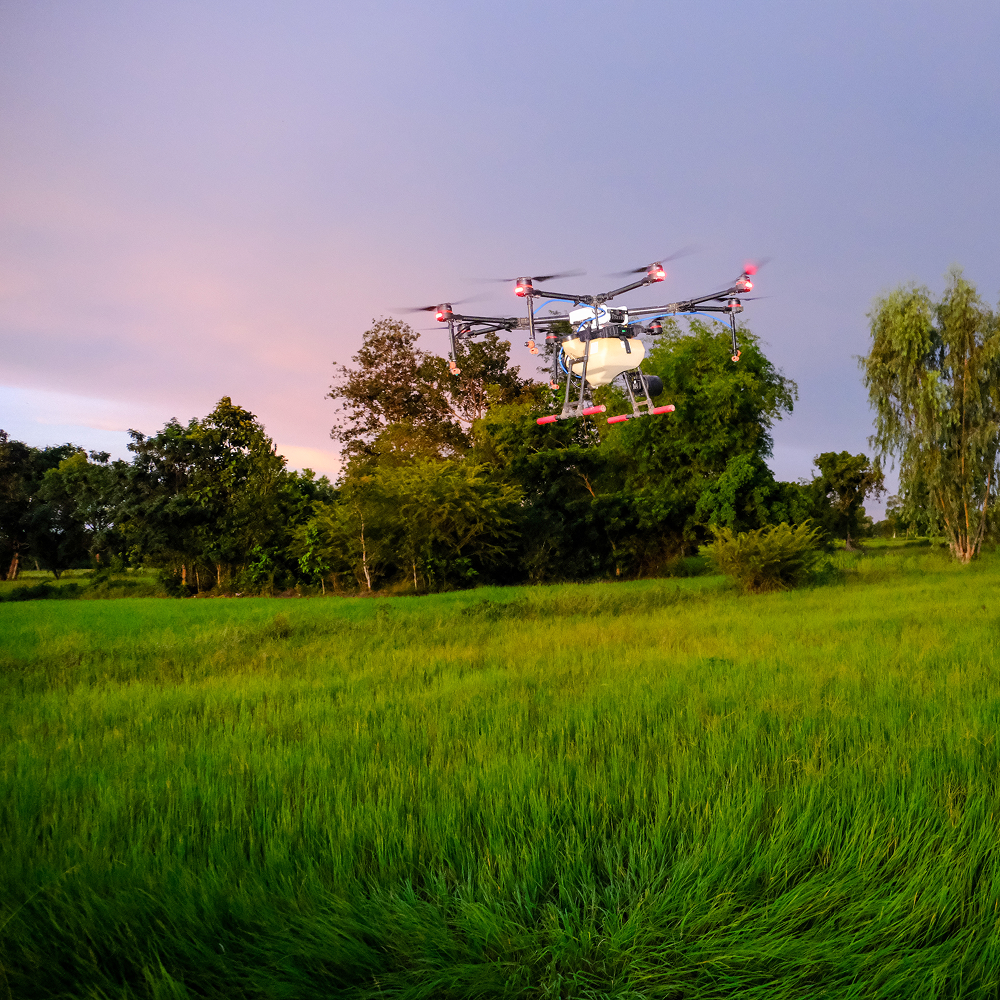 07
07Agriculture
Annotating with 3D labels is used to monitor crop health and field conditions from aerial views captured by drones or satellites. By annotating 3D data of fields, crops, and terrain, AI systems can better analyze plant health, detect pests or diseases, and identify areas that need attention. 3D labeling also aids in precision agriculture, where AI can optimize irrigation, fertilization, and pesticide application, improving crop yields and resource management. -
 08
08Entertainment & Media
In the entertainment and media industries, tagging is used to label 3D models, scenes, and characters for animation and visual effects (VFX). By annotating 3D animations with labels for specific motions, objects, or environments, AI systems can assist in automating the creation of realistic animations, improving the efficiency of the production process. 3D annotation also plays a role in video game design, helping game developers create interactive 3D environments and characters.
How It Works: Our Process
A Clear, Controlled Workflow From Brief to Delivery
3D Annotation Cases
Why Companies Trust Unidata’s Services for ML/AI
Share your project requirements, we handle the rest. Every service is tailored, executed, and compliance-ready, so you can focus on strategy and growth, not operations.
What our clients are saying

UniData


Other Services
Ready to get started?
Tell us what you need — we’ll reply within 24h with a free estimate

- Andrew
- Head of Client Success
— I'll guide you through every step, from your first
message to full project delivery
Thank you for your
message
We use cookies to enhance your experience, personalize content, ads, and analyze traffic. By clicking 'Accept All', you agree to our Cookie Policy.


